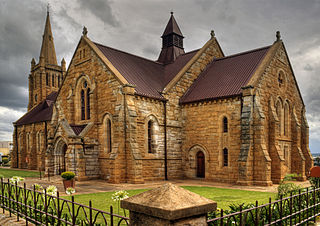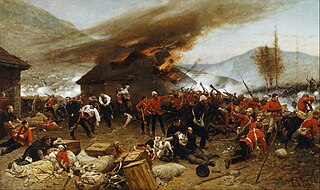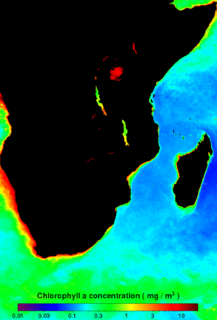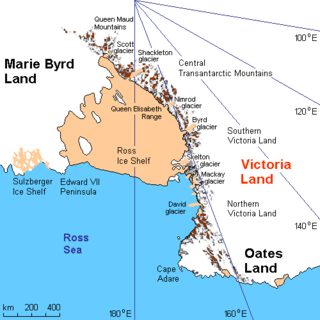Talana | |
|---|---|
| Coordinates: 28°10′41″S30°15′18″E / 28.178°S 30.255°E Coordinates: 28°10′41″S30°15′18″E / 28.178°S 30.255°E | |
| Country | South Africa |
| Province | KwaZulu-Natal |
| District | Umzinyathi |
| Municipality | Endumeni |
| Time zone | UTC+2 (SAST) |
| PO box | 3023 |
Talana is a village 5 km east of Dundee on the route between Vryheid and Glencoe. The name is Zulu and derives from the shelf, made of itala grass, around the central pole in a Zulu chief's home. Amulets, precious items and valuables were placed on this Talana Shelf. Hence the name means "the place where treasures are kept."

The coal mining town of Dundee is situated in a valley of the Biggarsberg mountains in KwaZulu-Natal, South Africa. It is part of the Endumeni Municipality, Umzinyathi District. It is very rich in coal deposits. More populous than the town of Dundee itself is its adjacent township named Sibongile. This township is now being extended with many residing zones, e.g. Lindelani. Dundee was originally established by Peter Smith, with land contributed by his son in-law. Dundee was established in 1882 after the realisation that the valley was a natural way for travellers into the interior of Africa. Traders, hunters explorers, missionaries and soldiers all made their way through here.A large fort, Fort Jones, housed British troops in the area during the Anglo Zulu War of 1879. The discovery of coal in the area dates from early Voortrekker records of 1838 and later geological surveys in the 1860s. It is named after the hometown of a pioneering Scottish settler, Peter Smith. At first, Dundee was a farm, the property of Peter Smith, which he had bought from a Voortrekker settler, Mr Dekker. Three other men are also credited with the founding of Dundee; his son William Craighead Smith, son-in-law Dugald McPhail, and close family friend Charles Wilson.<Talana Museum>

Vryheid is a coal mining and cattle ranching town in northern KwaZulu-Natal, South Africa. Vryheid is the Afrikaans word for "freedom".

Glencoe is situated in the Umzinyathi District, District of KwaZulu-Natal, South Africa.
." Talana Hill is a flat-topped hill and was the scene of the famous Battle of Talana Hill on 20 October 1899, between the Boers and the British. [1]

The Battle of Talana Hill, also known as the Battle of Glencoe, was the first major clash of the Second Boer War. A frontal attack by British infantry supported by artillery drove Boers from a hilltop position, but the British suffered heavy casualties in the process, including their commanding general Sir William Penn Symons.














